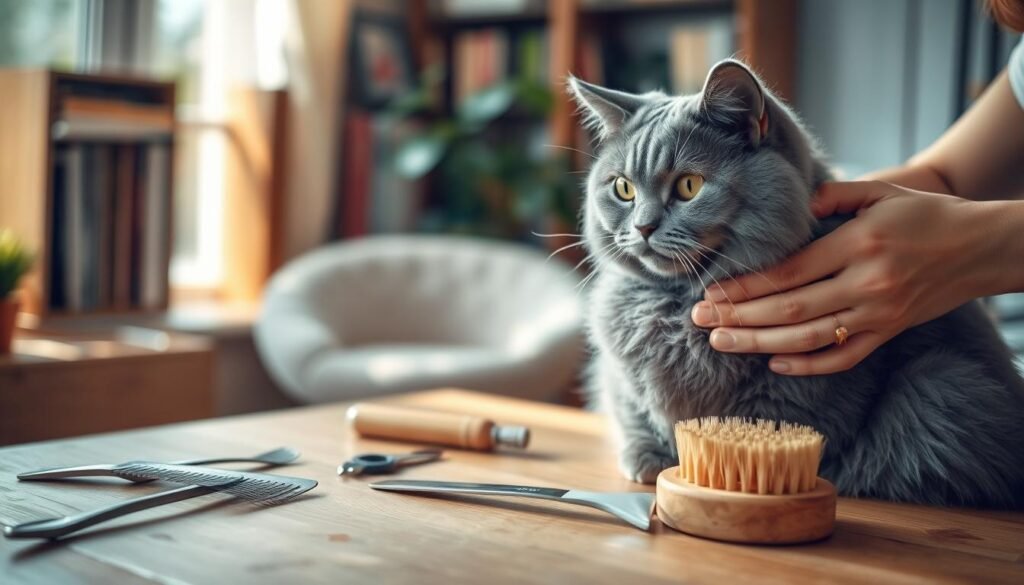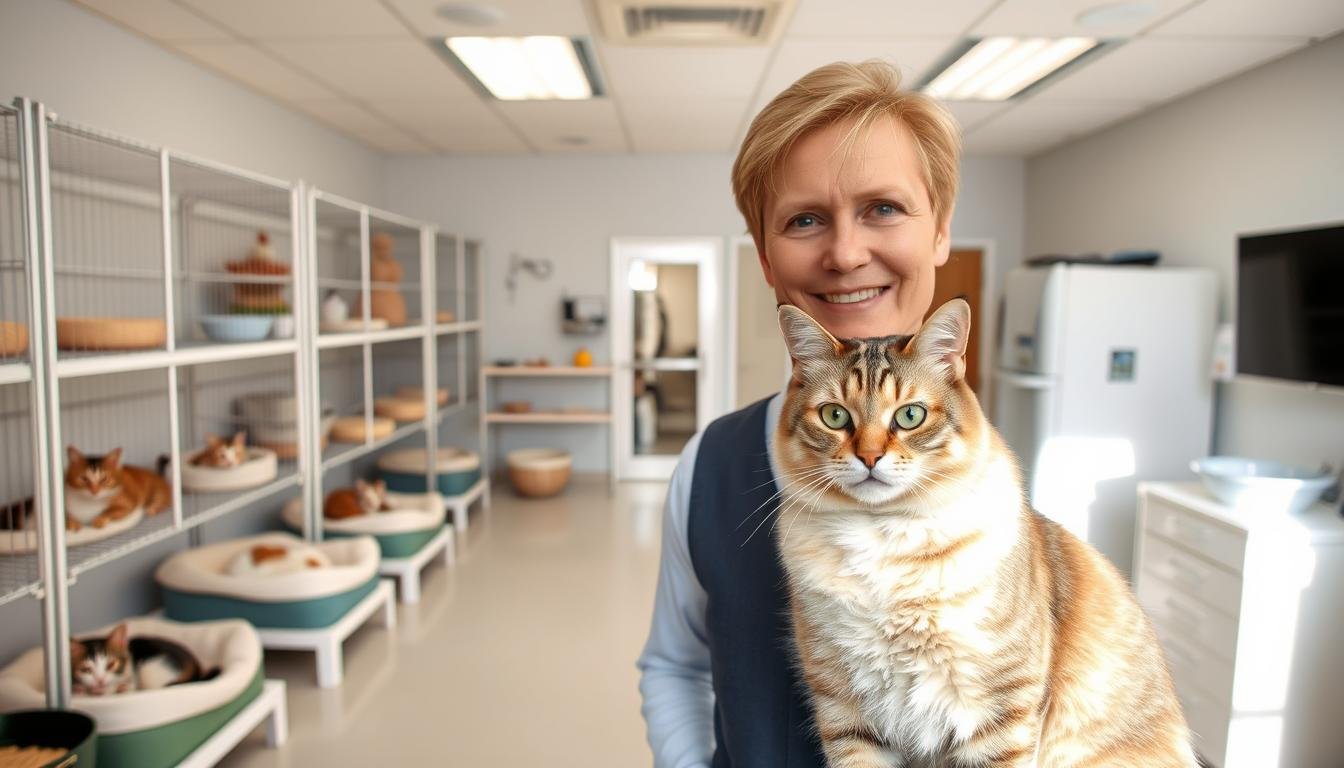How to Find a Reputable British Shorthair Cat Breeder
British Shorthair Cat Breeder Bringing home a new furry companion is a moment filled with excitement—and a touch of nervousness. After all, this isn’t just any pet. You’re welcoming a loyal friend with a distinct personality, plush coat, and eyes that spark curiosity. But how do you ensure your future companion comes from a breeder who prioritizes health, ethics, and love?
Trust matters. Reputable breeders, like those at Glory Cattery, raise kittens in home environments, blending playtime with socialization. Their lineage often traces back to European Champion bloodlines, ensuring traits like the breed’s iconic round face and sturdy build shine through. TICA registration isn’t just paperwork—it’s proof of commitment to excellence.
Start by researching catteries with transparent websites and glowing reviews. Many top-rated options in Texas, such as Dallas-based Kevinscattery, emphasize lifelong support for adopters. They treat every kitten as family, pairing rigorous health checks with genuine affection.
This guide walks you through every step—from spotting red flags to asking the right questions. You’ll learn how to identify breeders who value quality over quantity and why traits like temperament matter as much as pedigree. Let’s ensure your journey begins with confidence, not uncertainty.
Table of Contents
Understanding the British Shorthair Breed
With eyes like molten gold and a coat as dense as velvet, this iconic feline carries centuries of history in its sturdy frame. Known for their quiet confidence, these companions blend regal charm with playful curiosity—a balance shaped by their remarkable journey through time.
History and Origins
Roman soldiers first brought Egyptian cats to Britain around 300 AD. These skilled hunters thrived in barns, controlling rodents across the countryside. By the Victorian era, selective breeding refined their features, creating the rounded face and thick fur we recognize today.
Early enthusiasts crossed them with Persians to enhance coat density. This mix solidified their plush appearance while preserving their robust health. Lewis Carroll’s Cheshire Cat in Alice in Wonderland immortalized their mischievous grin in literature.
Key Characteristics and Personality
True British Shorthairs boast a medium-to-large build with broad shoulders. Their signature “chipmunk cheeks” frame round eyes that radiate calm intelligence. Though dignified, they form deep bonds with families—often following owners from room to room.
| Time Period | Development | Significance |
|---|---|---|
| 300 AD | Roman imports arrive | Foundation for natural hunting skills |
| 1800s | Persian crossbreeding | Enhanced coat texture |
| 1900s | Formal breed recognition | Standardized physical traits |
Their low-maintenance nature makes them ideal for busy households. Unlike high-strung varieties, they prefer cozy naps over constant activity. This adaptability explains their enduring popularity across generations.
Finding a “british shorthair cat breeder” You Can Trust
Selecting a source for your future companion goes beyond glossy photos—it’s about verifying ethics, expertise, and care. Start by prioritizing breeders who welcome questions and provide proof of their commitment to quality.
Evaluating Breeder Credentials and Registration
Always ask for TICA or CFA membership, which signals adherence to strict breeding standards. For example, British Glory Cattery shares certificates openly, while Kevinscattery in Dallas provides DNA test results for hereditary conditions like hypertrophic cardiomyopathy (HCM).
- Health guarantees matter: Reputable breeders offer written agreements covering genetic issues for at least two years.
- Tour their space: A clean, spacious environment with toys and climbing structures shows dedication to kitten development.
What to Expect from a Reputable Cattery
Top-tier catteries prioritize socialization. Kittens should interact with children, other pets, and varied sounds to build confidence. Look for:
- Detailed vet records, including vaccinations and deworming schedules
- Pedigree documents tracing lineage to European Champion bloodlines
- Lifelong support—many answer questions long after adoption
“Transparency separates exceptional breeders from the rest. If they hesitate to show their facility, walk away.”
Compare reviews across platforms like Google and specialized forums. Houston-based breeders with 5-star ratings often highlight their focus on temperament, ensuring kittens adapt smoothly to new homes. Trust your instincts—authentic care is always visible.
Exploring Breeding Programs and Cat Care
Quality breeding goes beyond genetics—it’s a dedication to health, temperament, and future happiness. Ethical programs focus on creating well-adjusted companions through science-backed practices and nurturing environments. Let’s explore what separates exceptional care from ordinary routines.

Standards in Breeding and Health Screening
Top catteries prioritize comprehensive health testing. Breeders screen for hypertrophic cardiomyopathy (HCM) using echocardiograms and DNA analysis. Many trace lineage to European Champion bloodlines, ensuring classic traits like dense coats and round eyes remain consistent.
Ethical practices demand limited litters per year. This allows personalized attention to each kitten’s development. Look for programs that:
- Provide veterinary records for three generations
- Offer two-year health guarantees against genetic conditions
- Raise kittens in home environments with daily human interaction
Tips on Kitten Socialization and Early Care
The first 12 weeks shape lifelong behavior. Introduce gentle handling and varied sounds early—think vacuum cleaners or doorbells. Use teaser toys to encourage play while building trust.
Nutrition matters. Feed high-protein diets with omega fatty acids to support coat health. Schedule vet visits every 3-4 weeks for vaccinations and weight checks. Pro tip: Create a “safe zone” with scratching posts and hiding spots to ease transitions.
Grooming starts young. Brush shorthair cats weekly to reduce shedding. Trim nails during nap times when they’re relaxed. These routines foster calmness during adulthood.
Remember: Responsible breeding and thoughtful care create confident, affectionate companions. Your efforts during these formative weeks lay the foundation for 15+ years of purrs and companionship.
Caring for Your British Shorthair Cats and Kittens
Keeping your feline friend healthy and happy requires a blend of routine and affection. These sturdy companions thrive on consistency, whether it’s mealtime rituals or cozy grooming sessions. Let’s explore how to create a nurturing environment that supports their well-being.

Proper Grooming and Maintenance
Weekly brushing with a wide-toothed comb prevents mats in their dense coat. During spring shedding, increase sessions to twice weekly. Focus on the underbelly and behind the ears—common trouble spots. Trim nails every 2-3 weeks using clippers designed for pets.
Dental hygiene matters. Brush teeth 2-3 times weekly with vet-approved toothpaste. Pair this with annual cleanings to prevent gum disease. Reputable catteries often start these habits early, making kittens more adaptable.
Nutrition and Exercise Recommendations
Feed adults high-protein wet food with at least 60% meat content. Kittens need four small meals daily for steady growth. Measure portions to avoid obesity—a common issue in the breed. Use puzzle feeders to slow eating and stimulate their minds.
Interactive play keeps them agile. Try feather wands or laser pointers for 15-minute sessions twice daily. Rotate toys weekly to maintain interest. As one Texas-based cattery notes: “Playtime isn’t just fun—it’s preventive care for their joints and heart.”
Combine these steps with yearly vet check-ups. You’ll build trust while ensuring your pet enjoys a vibrant life alongside your family.
Conclusion
Finding the perfect feline companion begins with careful planning. Prioritize breeders who share health certifications, lineage records, and raise kittens in nurturing homes. Verify their commitment to genetic testing and socialization—key factors for a well-adjusted pet.
The British Shorthair’s calm demeanor and plush coat make them ideal for families. Their sturdy build and expressive eyes reflect centuries of selective breeding. Remember: ethical practices ensure your pet thrives for 15+ years.
Once home, maintain their velvety fur with weekly brushing and feed nutrient-rich meals. Engage their playful side using interactive toys. A healthy routine strengthens bonds and supports lifelong vitality.
By choosing transparency and quality, you gain more than a pet—you welcome a loyal friend. The effort invested in research today rewards you with endless purrs and companionship tomorrow. Your journey starts here.

